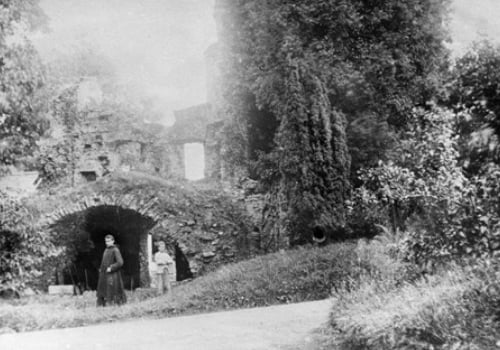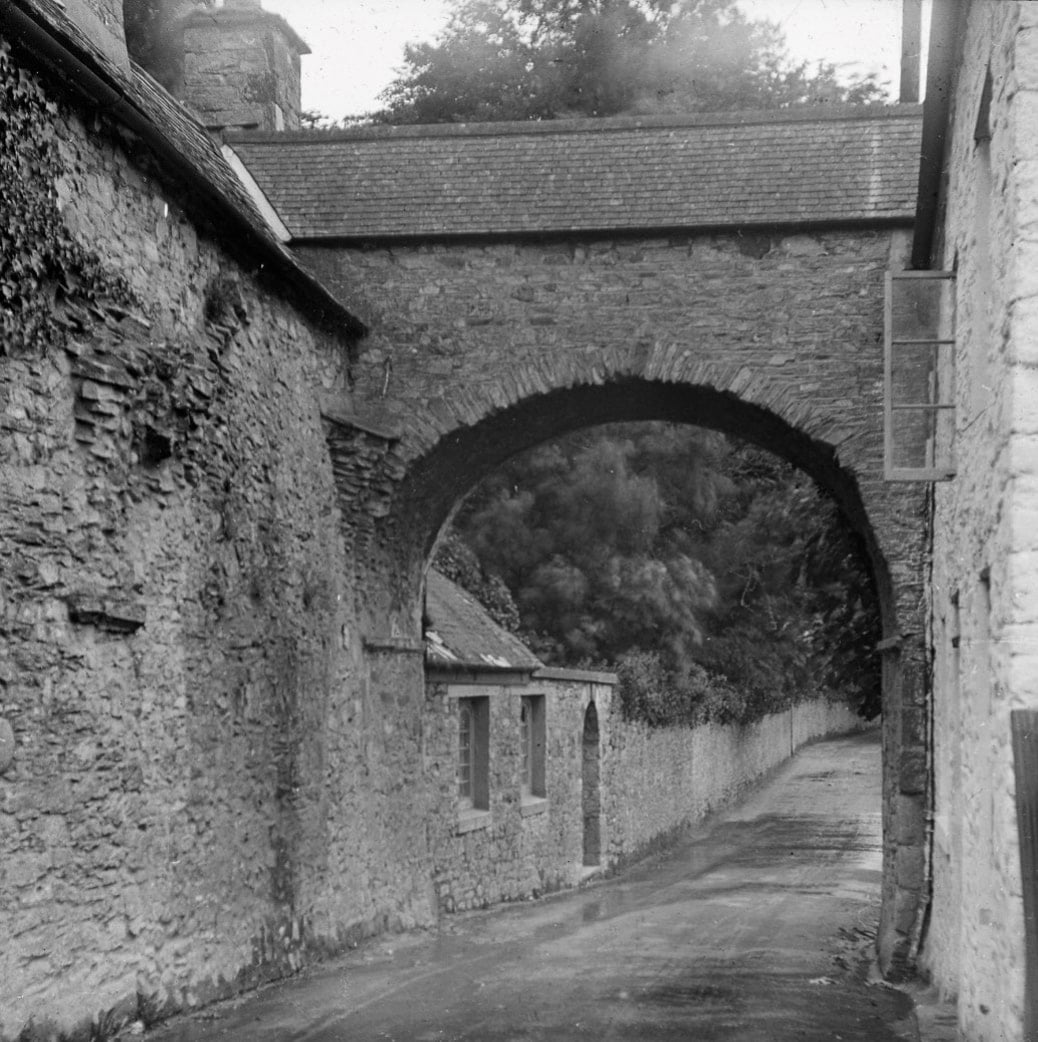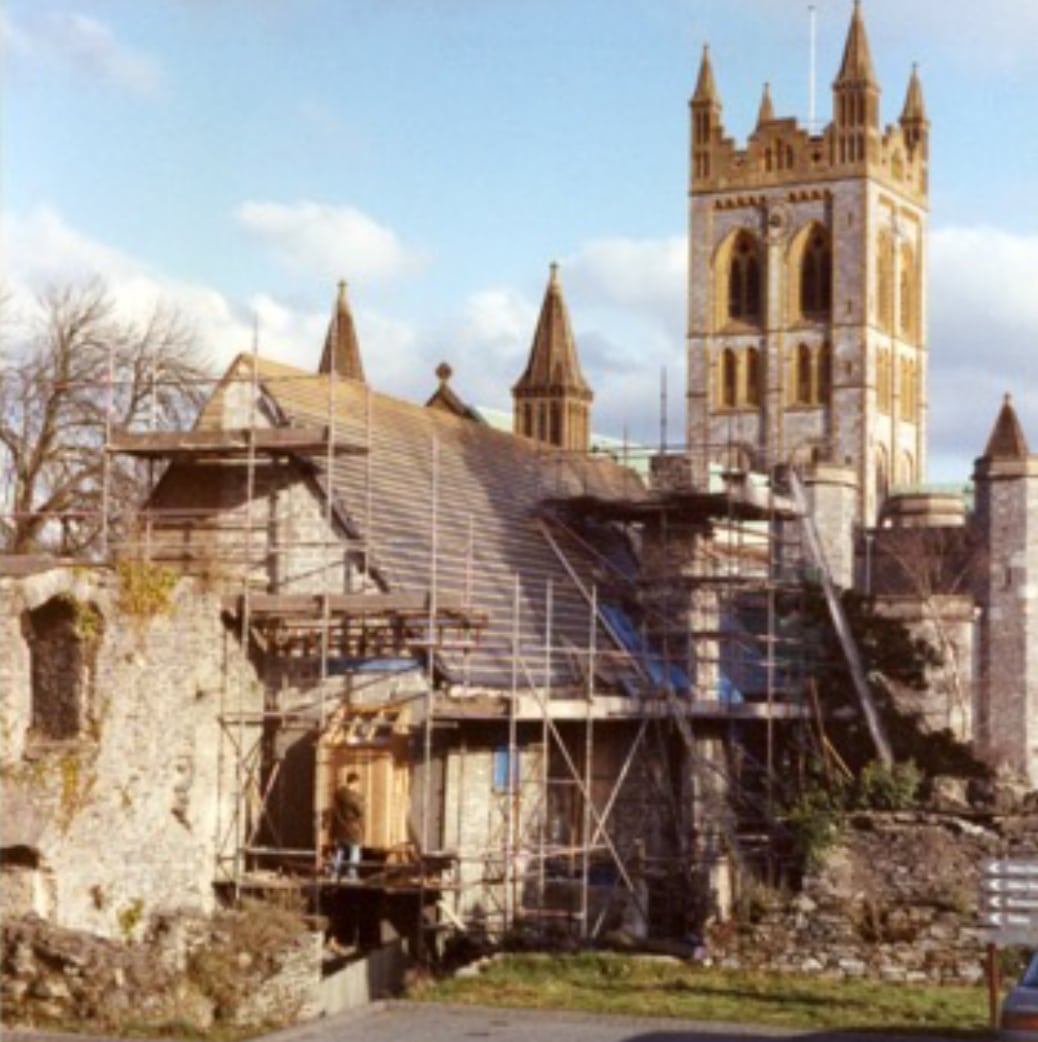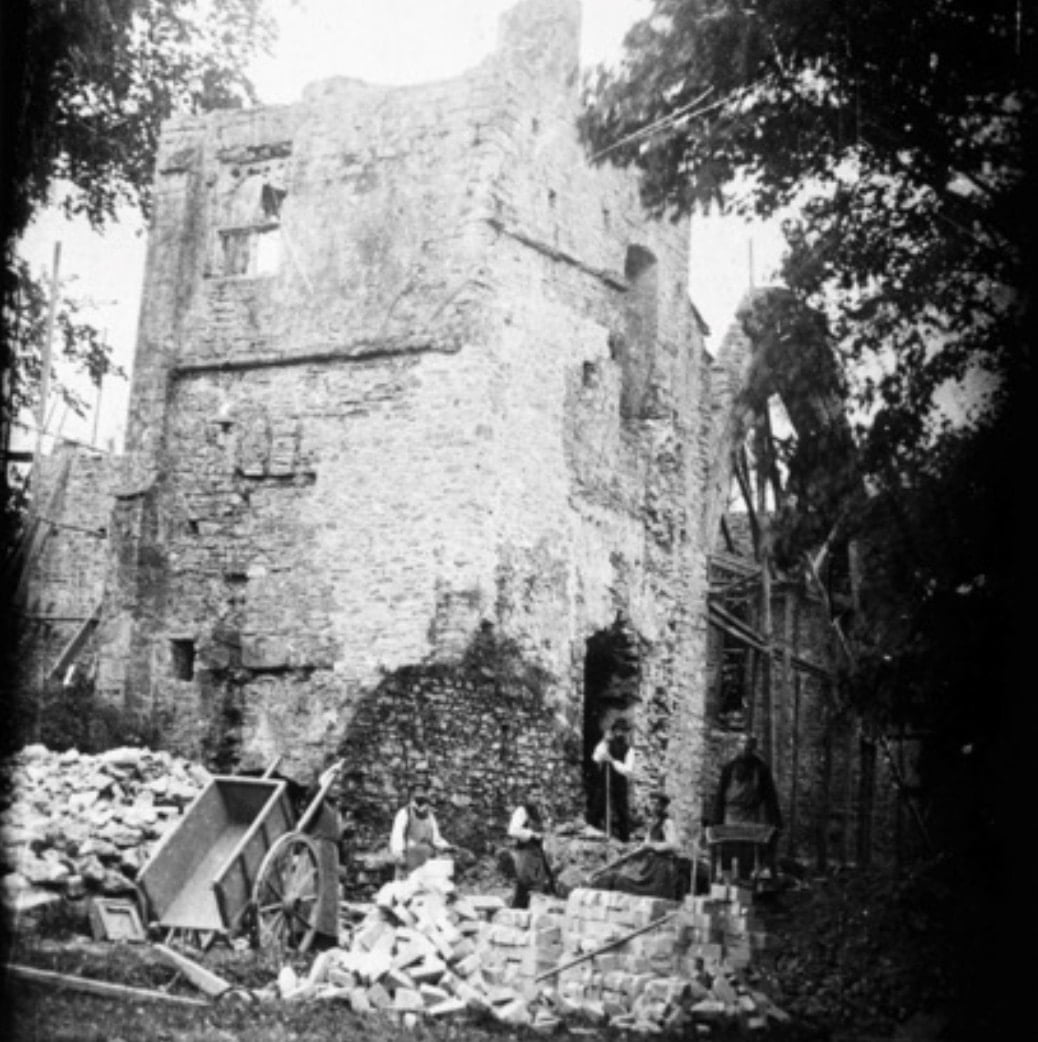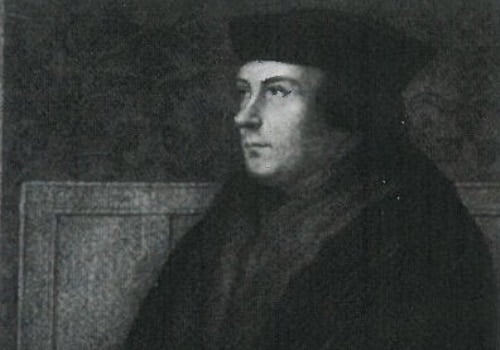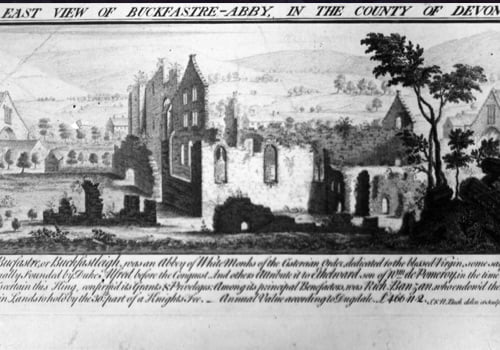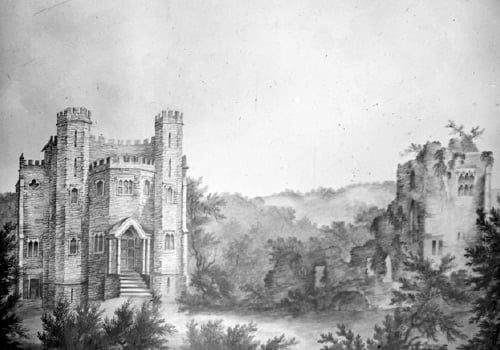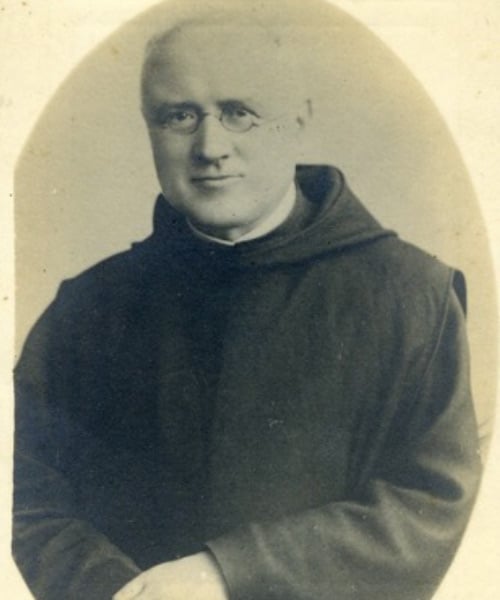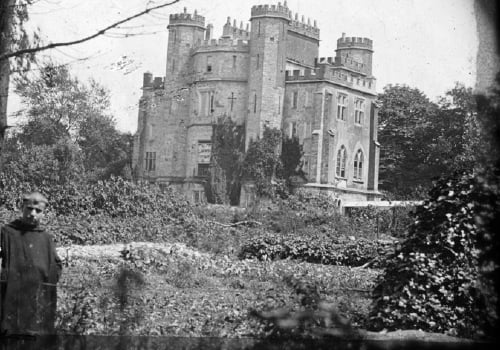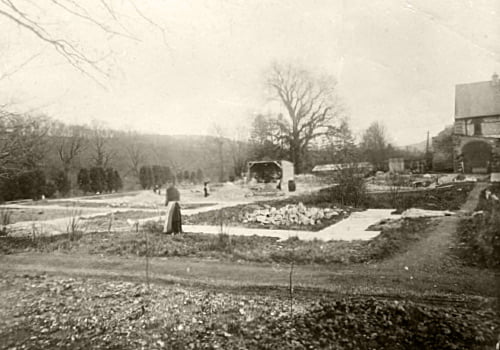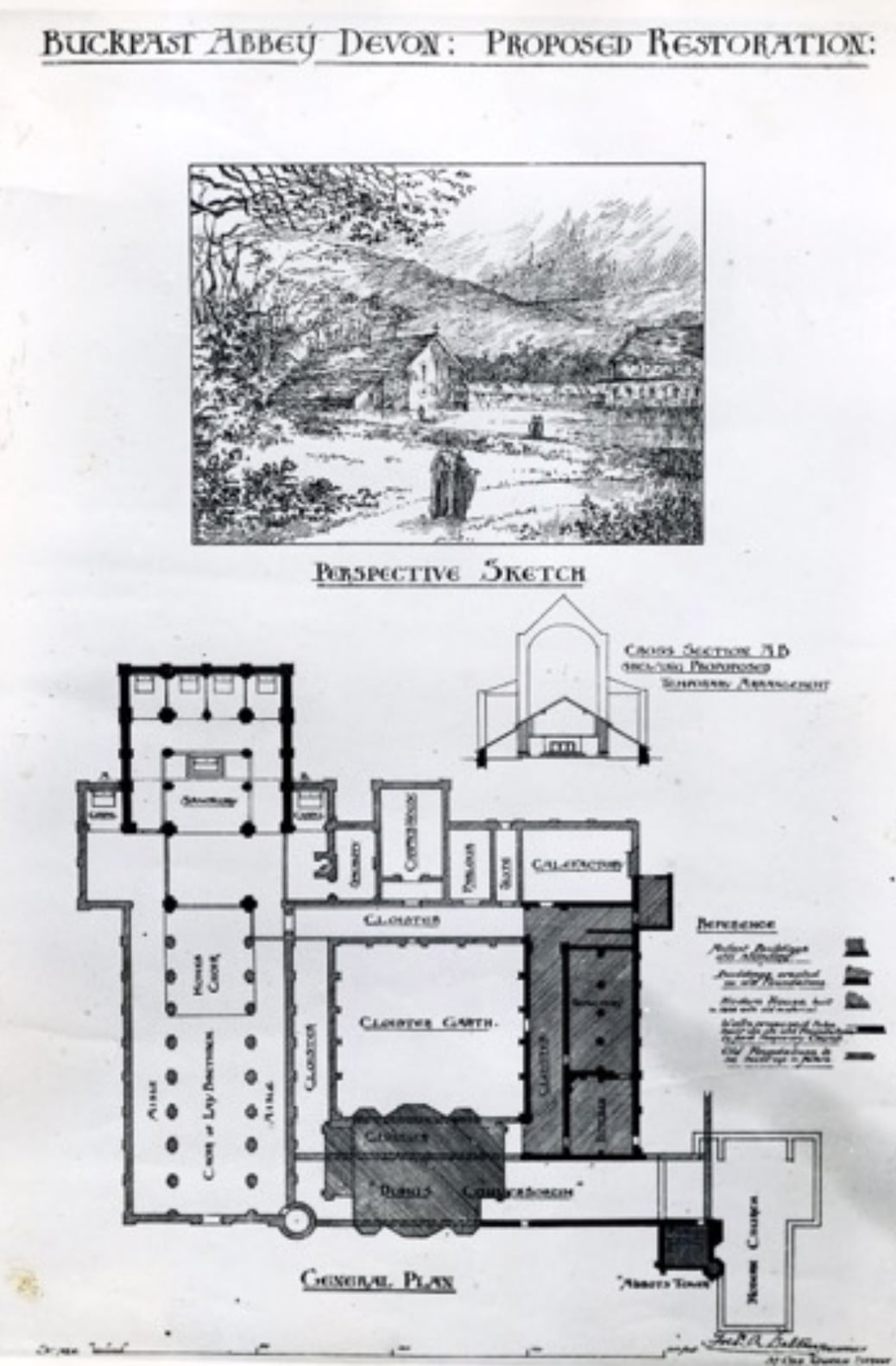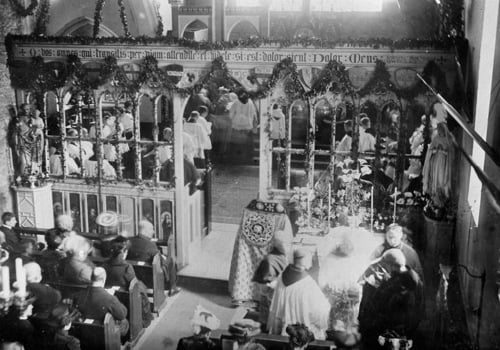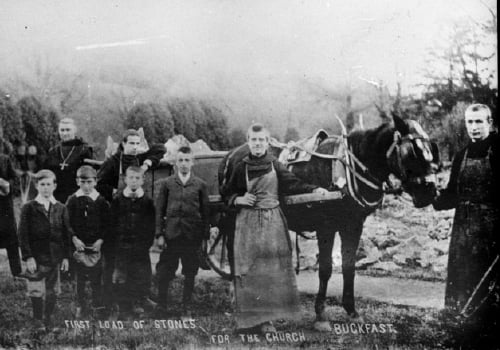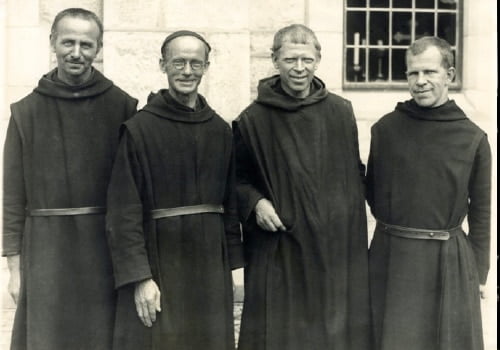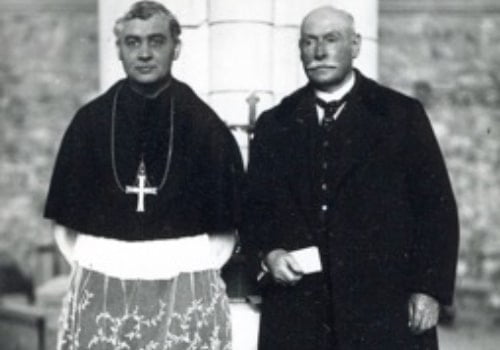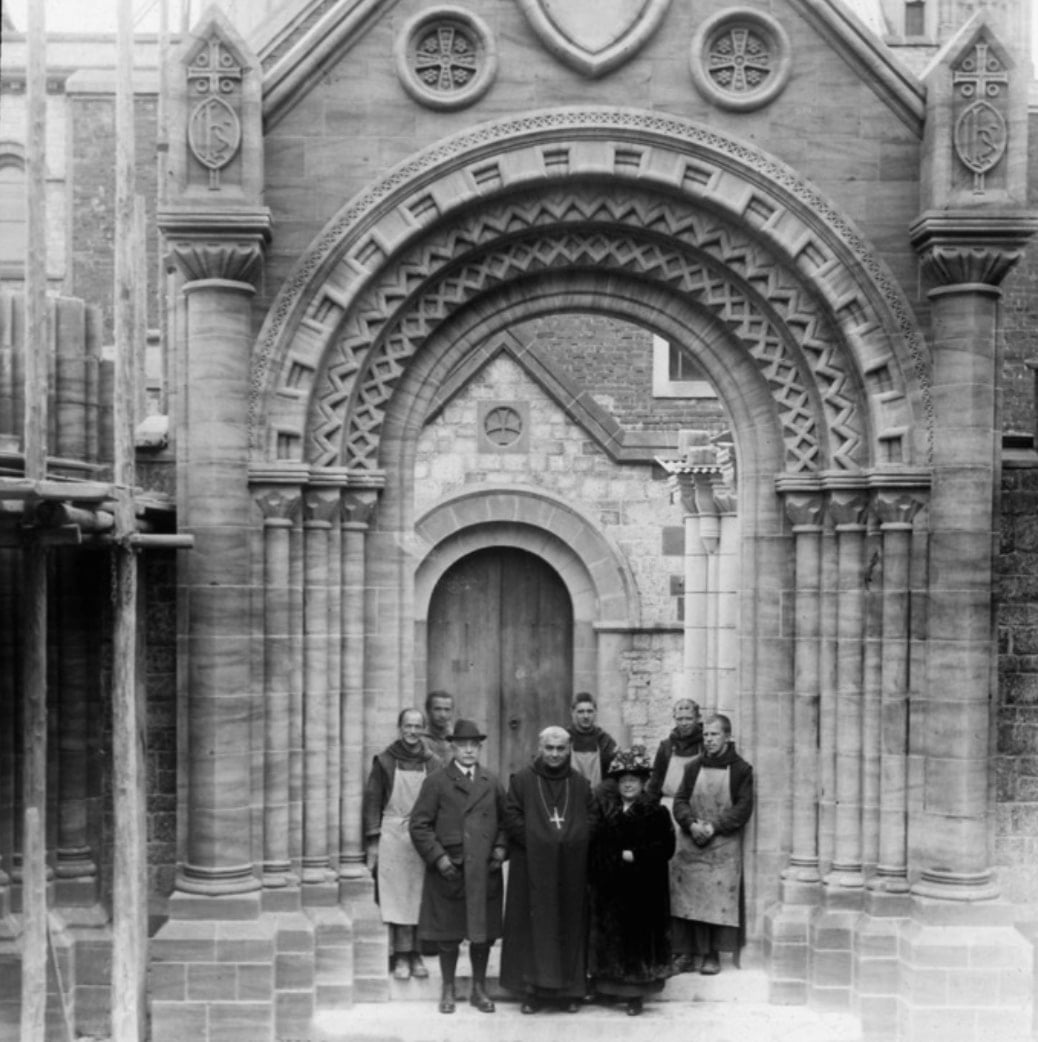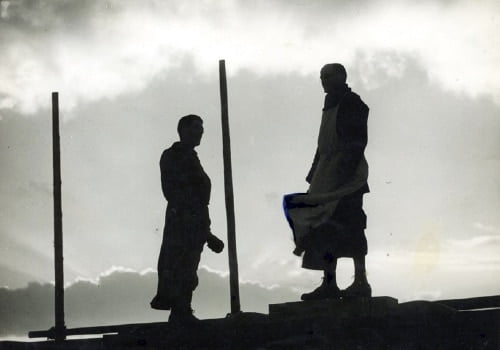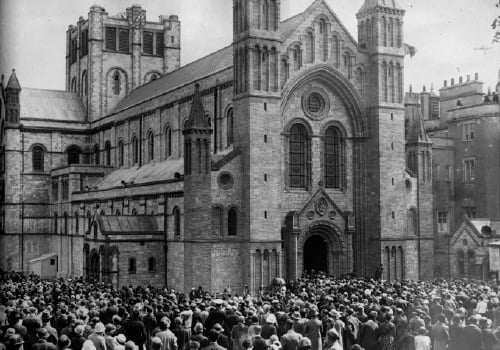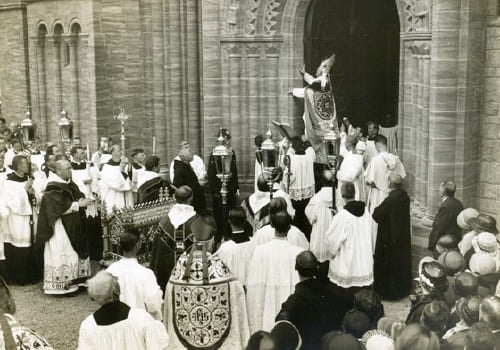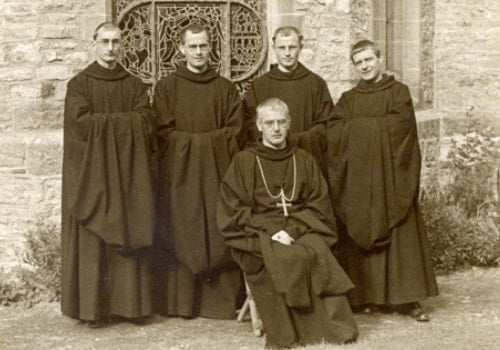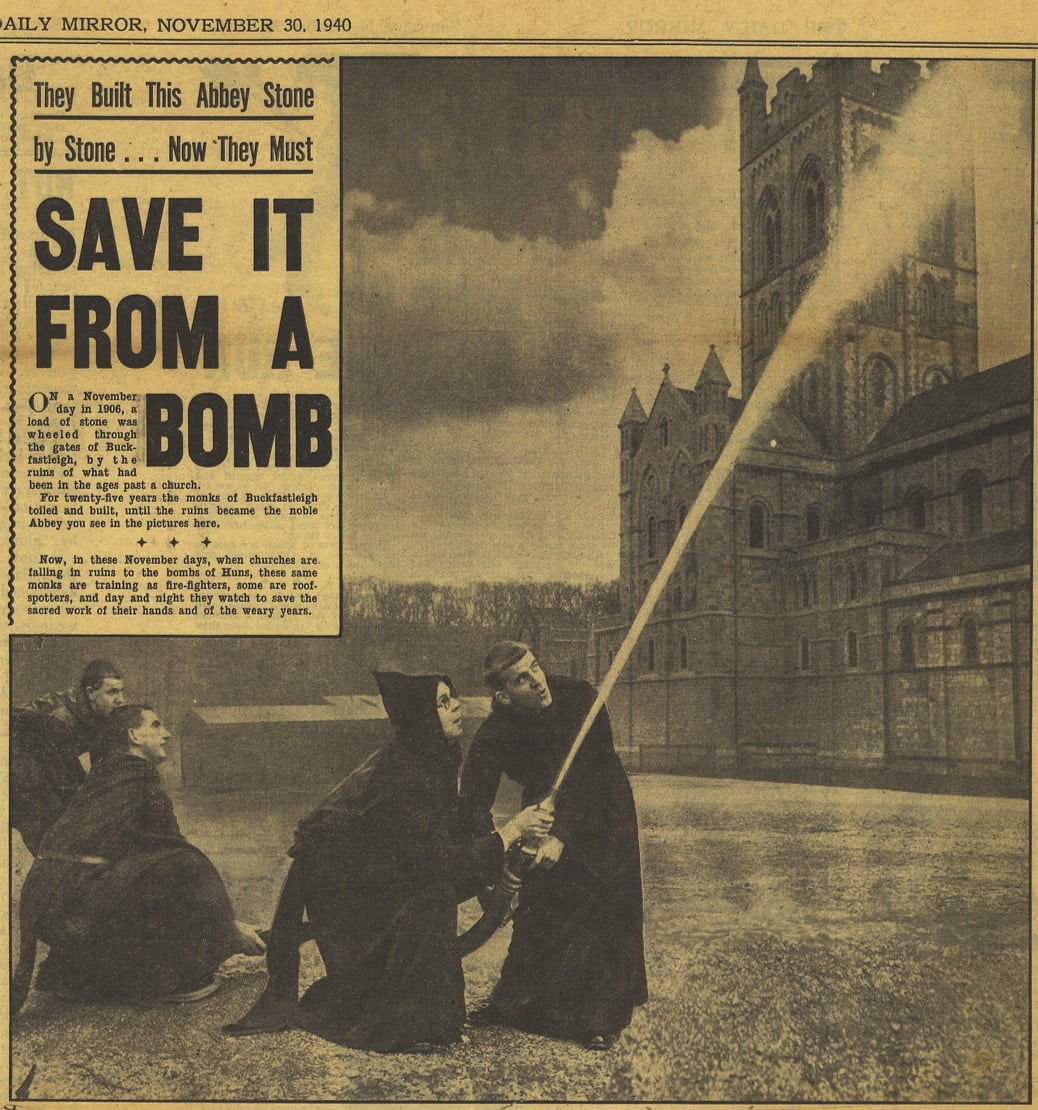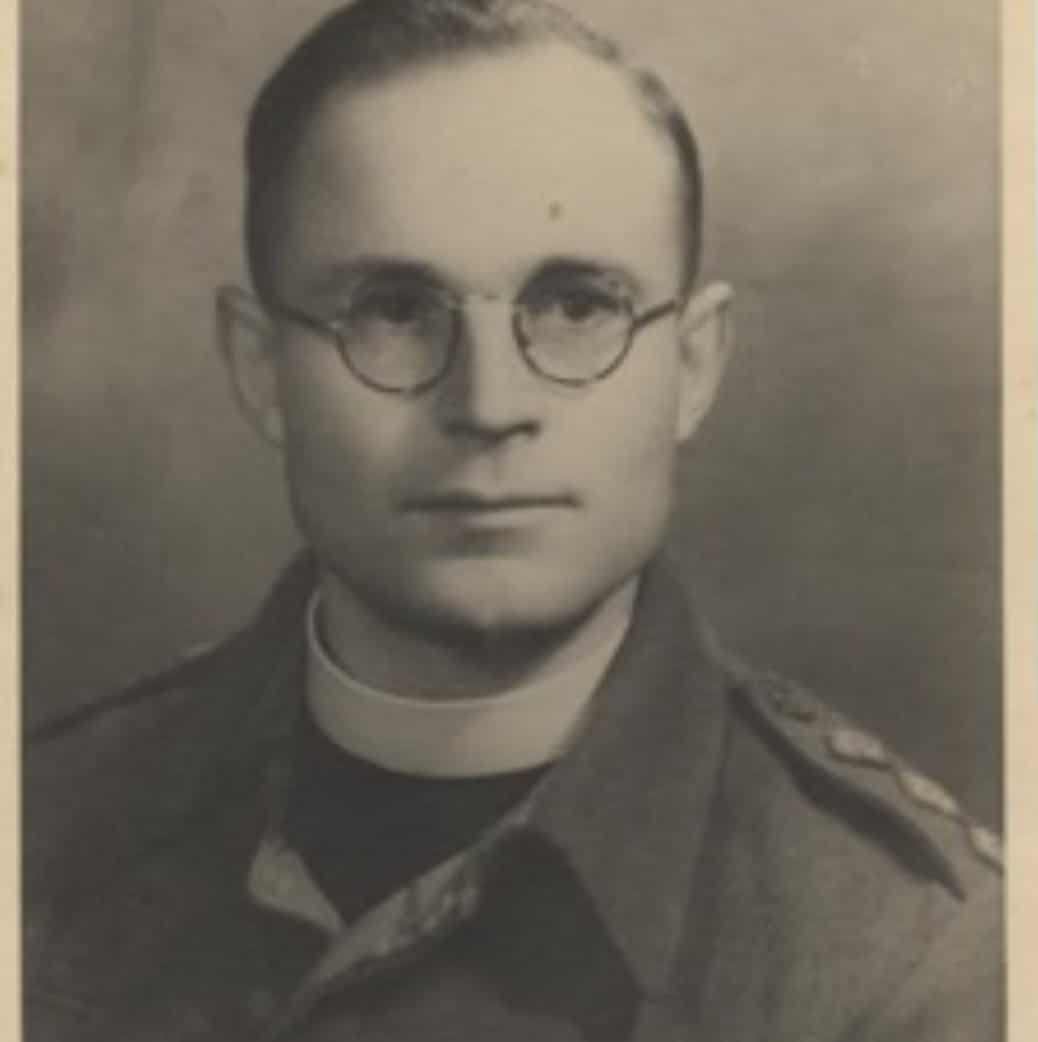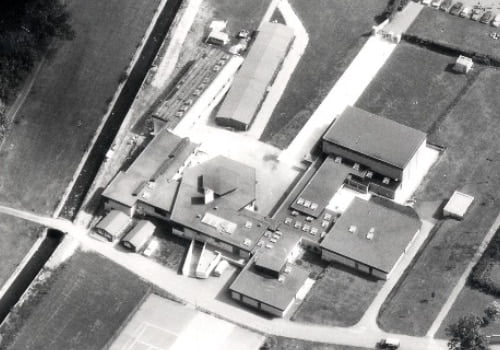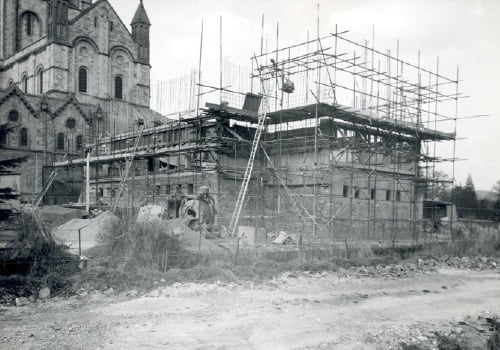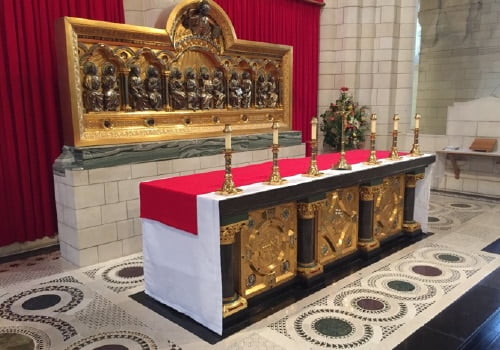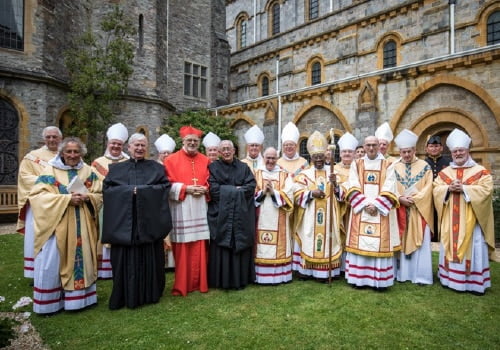With his health deteriorating, Abbot Bruno decided to step down and in 1957 Fr. Placid Hooper was elected to succeed him. Abbot Placid thus became the first English Abbot of Buckfast, reflecting what was now a predominantly British Community. Dom Placid entered Buckfast in 1929 and during the Second World War he served as Chaplain to the Forces in much of Europe and the Middle East. As the 1960s began, Abbot Placid guided the Community through a number of significant developments.
English Benedictine Congregation and School
First was the transfer of the Community from the Subiaco Congregation to the English Benedictine Congregation which enabled closer links with other monasteries in the British Isles. A defining characteristic of Communities within the English Benedictine Congregation (EBC) was the provision of education within their schools.

The Buckfast Abbey School opened in 1967.
Thus in 1967, following some years of preparation, including a substantial building project and training for a number of the monks, a preparatory school was opened at Buckfast. The school thrived for twenty-seven years until changes in educational trends (such as a move away from boarding) brought about its closure in 1994.
Second Vatican Council and the Blessed Sacrament Chapel
At the start of the 1960s, the Second Vatican Council took place in Rome. One of the central developments which followed from this Council was the reform of Church Liturgy and of the Religious Life. For some time, Buckfast had explored the possibility of building a new Blessed Sacrament Chapel, to cope with increasing visitor numbers as well as to meet the needs of the parish. The Liturgy reforms provided further impetus to this, and in 1966 the new Blessed Sacrament Chapel was inaugurated.

Construction of the new Blessed Sacrament Chapel, 1964
Later Developments 1980+
Education
It was under Abbot Leo that a significant, and enduring, element of Buckfast’s pastoral commitment was established. The Education Department was created in 1985 to develop facilities for schools wishing to visit the Abbey and find out more about its life. Over the years, this service became an integral part of Buckfast’s outreach and continues to flourish today.
The Development of Tourism
By the late 1970s Buckfast Abbey was amongst the most-visited places in the West Country, attracting some 300,000 visitors each year, but the facilities for these guests were inadequate. As a result, perhaps the main feature of Abbot Leo’s two terms of office was the start of a major redevelopment of the Abbey precinct. This was the largest building programme since the completion of the church, and a recognition by the monks that their ministry of hospitality to visitors was of the utmost importance. A new car park,a gift shop and the Grange restaurant were built.
Hospitality, Evangelisation and the Millennium 1990+
Dom David Charlesworth was first elected in 1992 and is currently serving his third term of office. Abbot David has been committed to Buckfast’s mission of education and pastoral outreach from the beginning of his abbacy. During his time as Abbot, the Education Department has continued to flourish and St Cuthbert’s Conference Centre, located on the site of the former school, has become an integral part of Buckfast’s ministry of welcome.
Hospitality 2000+
The necessity for additional accommodation became increasingly apparent so in 1993, the Southgate Retreat Centre was blessed and opened, providing hospitality for groups and individuals who wished to stay at the Abbey.
Jumping forward 20 years, the ministry of hospitality at Buckfast received a wonderful new resource in the shape of Northgate House Hotel. The hotel, blessed and opened in 2015, was able to offer accommodation to those using the Abbey’s Conference centre, as well as to the many guests taking advantage of Buckfast’s beauty and perfect location in South Devon.
Evangelisation
If hospitality is part of Buckfast’s Gospel-based mission of outreach, this evangelisation becomes more explicit when focussed on the Abbey church itself. In order to provide a fitting and beautiful place of worship, an exhaustive cleaning, conservation and restoration of the church’s exterior and interior was begun in 2011. In 2013-14, this monumental task included the laying of a new floor of Purbeck stone together with a further section of Cosmati flooring around the altar.

The Cosmatesque pavement around the altar, December 2014
Another important aspect of this evangelisation has been a renewed focus on the Abbey’s liturgical and musical apostolate. The Abbey Choir in its present form was founded in 2009 and attracts semi-professional singers from across the region and beyond. Buckfast has also created its own record label, Ad Fontes, dedicated to presenting recordings of the finest sacred music. The label specialises in choral and organ music, with a focus on the Choir of Buckfast Abbey and the new Ruffatti organ.
1018-2018 Millennium Celebrations
Our final section of Buckfast’s history takes us all the way back to where we began. In 2018, Abbot David Charlesworth and the Buckfast Community celebrated 1,000 years since the foundation of the Abbey in 1018. A new exhibition centre was opened which explains the Benedictine Way of Life and a millennium Garden was created. Let us give the final word to Abbot David himself as he explains the significance of these celebrations: “Throughout the Millennium Year we have always been thankful to God for all the blessings He has bestowed upon our Community. Those first monks would be amazed by all that has happened on this site over the past 1,000 years. This beautiful location next to the River Dart reminds us of the glory of God’s creation and the monks, as custodians of this environment, have sought over the centuries to enhance it with the building of a magnificent Abbey whose symbolism attests to the Christian message.”

Solemnity of Our Lady of Buckfast, 1000th Anniversary of the Foundation Charter - 24th May 2018

